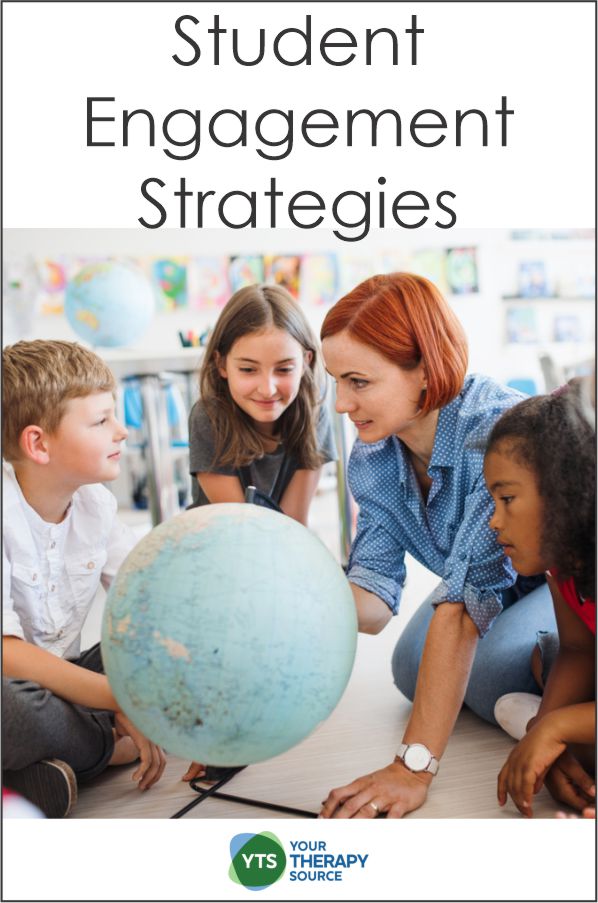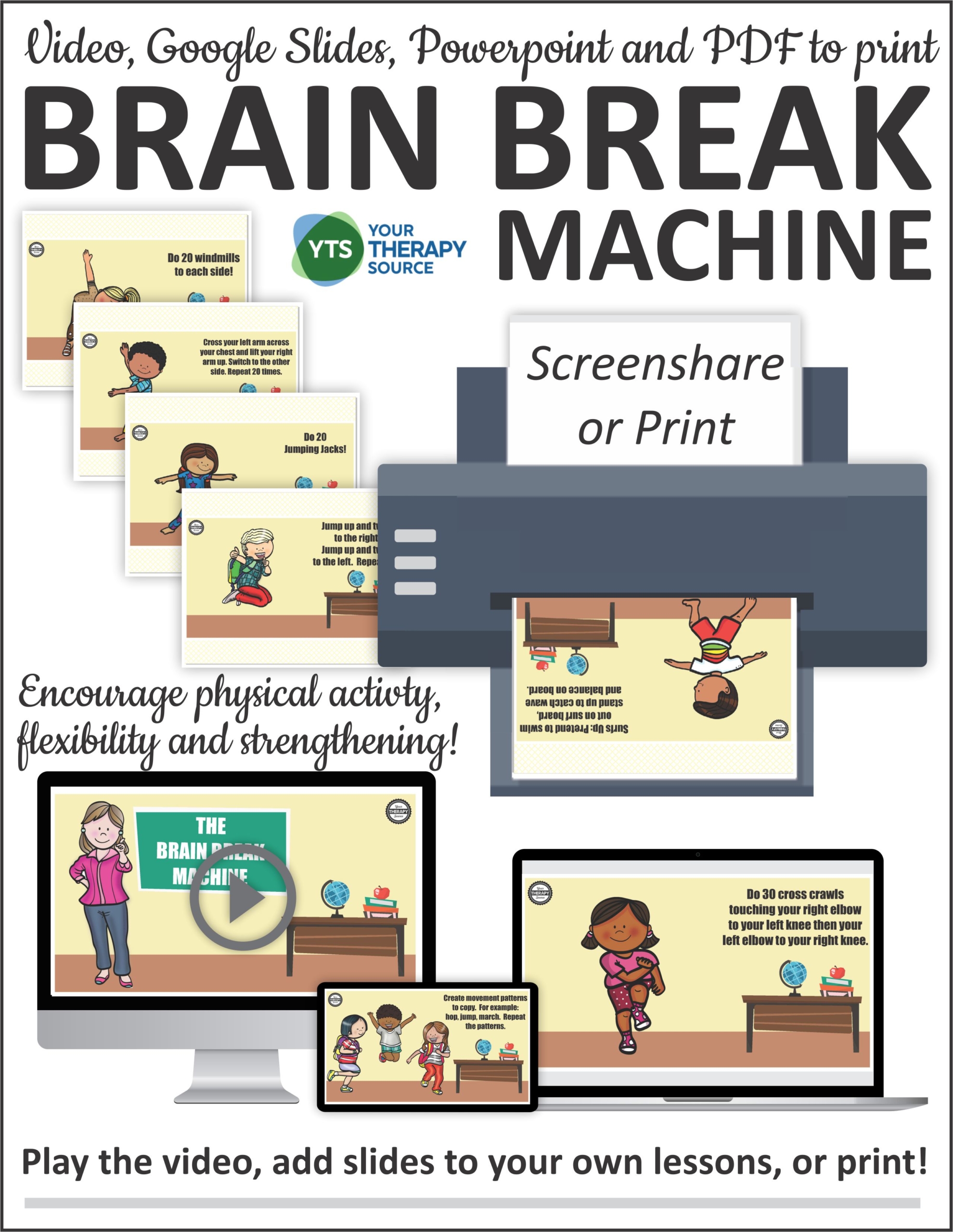STUDENT ENGAGEMENT STRATEGIES

Student engagement is one of the most important aspects of teaching, and many different strategies can help keep students interested in class. Some ideas for student engagement strategies include hands-on activities, group work, movement breaks, and using technology in interesting ways. No matter what approach you use, it’s important to find what works best for your students. Keeping students engaged will help them learn more effectively and have a more enjoyable experience in class.
WHAT IS A STUDENT ENGAGEMENT STRATEGY?
A student engagement strategy is anything that helps to keep students interested in what they are learning. Students are more likely to pay attention, participate in discussions, and retain information when they are engaged in class. There are many different ways to engage students, and the best approach will vary depending on the subject matter, the student’s age, and the class’s individual needs.
WHAT ARE THE BENEFITS OF STUDENT ENGAGEMENT STRATEGIES?
There are many benefits to using student engagement strategies. Perhaps the most important is that students will learn more effectively when they are engaged in class. Students who are engaged are more likely to enjoy their experience in class and be less likely to cause disruptions. The learning activities will hopefully pique their interest and curiosity. Student engagement strategies can also help build a sense of community in the classroom.
HANDS-ON ACTIVITIES AS STUDENT ENGAGEMENT STRATEGIES
Students can learn more effectively when they are actively involved in the material. Hands-on activities help students to connect with the material on a personal level and make the learning more concrete. Here are some great ideas for hands-on activities:
Make A Model
Students can create a 3D representation of a concept to help them understand it better. For example, if you’re studying the solar system, have students create their own planets out of clay.
Conduct An Experiment
Experiments are a great way to help students understand scientific concepts. You can do a simple experiment in class or ask students to design their own. Experiments often maximize student learning because they get to actually do science instead of simply talking about it.
Act It Out
Students can act out scenes from a book or play to help them understand the material. This is also a great way to build a fun and interactive classroom environment.
Take A Field Trip
A field trip can be a great way to engage students in learning. Students can see firsthand how the topics they are learning about apply to the real world.
GROUP WORK AS STUDENT ENGAGEMENT STRATEGIES
Group work is an important strategy to engage students in discussion and allow them to share their ideas with their peers. When students work together, they can learn from each other and build on each other’s ideas. Group work can also help students to develop important teamwork and social skills, and learn things from new perspectives. Collaboration helps with the learning process no matter what the course material may be.
Use Small Groups
In most classes, 3-5 students is the ideal size for groups because it allows for lively discussion but is small enough that all learners can participate. If your discussion groups are too large, kids can easily get lost in the shuffle.
Assign Roles
To make sure that everyone is participating, assign roles such as discussion leader, timekeeper, and scribe. This will boost the students’ sense of accountability, and give everyone opportunities to be active participants. Roles keep students on track and help avoid confusion between group members.
Give Clear Instructions
Ensure that when you give instructions for the activity, students understand what their task is and how they are supposed to complete it. Give students guidelines as to what assignments all group members should be working on.
Provide A Structure
A simple structure such as a roundtable discussion or fishbowl can help to keep students focused and on task. They also keep the rest of the class engaged in the learning experience even if it is not their group’s turn to be in the spotlight.
Set A Time Limit
Time limits help to keep students from getting off track and ensure that everyone has a chance to participate in these group activities.
MOVEMENT BREAKS AS STUDENT ENGAGEMENT STRATEGIES
When you use a movement break, you get students moving out of their chairs. They help to break up the monotony of a lecture and give students a chance to move around and get some energy out. They help students develop better self-regulation strategies as well. Movement breaks can also help students to refocus after a transition or before an assessment. This helps to avoid possible negative behaviors. Here are some activities to use for movement breaks:
Quick Physical Activity
Students can do jumping jacks, run in place, or do any other quick activity to get their heart rates up. Try these ready to go Classroom Brain Breaks.

Brain Breaks for Kids – Classroom or Online Learning Tool
Go For A Walk
A short walk around the room or outside can help students to clear their heads and refocus on the task at hand.
Dance
Dancing is a great way to get students moving and also helps them to release some energy. You can play music and have students dance around the room or do a choreographed dance as a group.
USING TECHNOLOGY AS A STUDENT ENGAGEMENT STRATEGY
Technology can be a thrilling way to engage students in learning. Students are often more interested in learning when they are using technology. Technology can also provide a way for students to get more out of the material by allowing them to visualize concepts and see how they are applied in the real world. There are many ways that you can use technology as a student engagement strategy.
Multimedia
Videos, animations, and other multimedia can help to engage students in the material. You can use online resources or create your own multimedia presentations.
Simulations
Simulations are a great way for students to see how concepts work in the real world. They’re especially great for concepts that are impossible to see in real life. There are many online simulations out there to use, and many of them come with lesson plans for the instructor to use.
Games
Games are a fun way for students to learn. You can find online games that relate to the material you are teaching or you can create your own. They are also effective for reviewing class material.
USING FORMATIVE ASSESSMENTS AS STUDENT ENGAGEMENT STRATEGIES
Formative assessments provide a way for students to check their understanding of the material and give feedback to the teacher. Formative assessments can be used throughout the lesson to keep students on track and ensure that they are understanding the material. You can use many different activities as formative assessments in your classroom.
Exit Tickets
Give students a quick form to fill out as they are leaving the classroom. This can be used to gauge understanding of the material and to identify areas where students need more help. Read more ideas about Exit Tickets.
Do Nows
At the beginning of class, give students a quick activity to do. This can be used to review material from the previous lesson or to introduce new material.
Think-Pair-Share
This is a quick way to check understanding of the material. Ask a question and have students turn to their partner and discuss the answer. Then, have students share their answers with the class.
Use Polls
You can use online polls or physical polling devices to check understanding of the material. This is a quick way to get feedback from students and identify areas where they need more help.
No matter what approach you choose, it’s important to find what works best to keep your students motivated. Engaging students is an ongoing process, and there is no one perfect way to do it. But once you are armed with effective student engagement strategies, you have the tools you need to succeed.
MORE HELPFUL STRATEGIES
Strategies to Help with Attention Span



